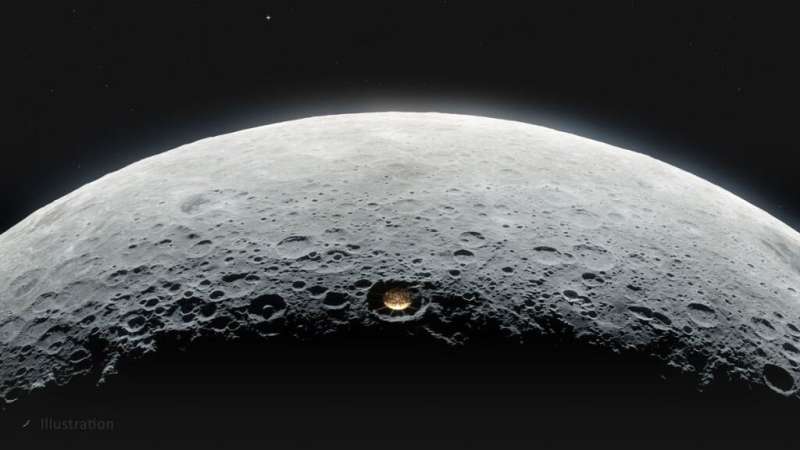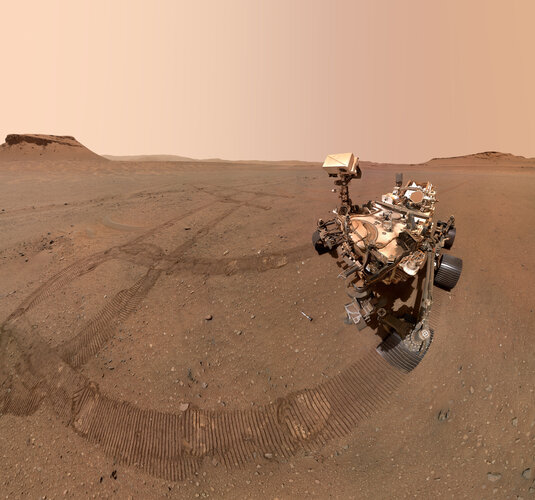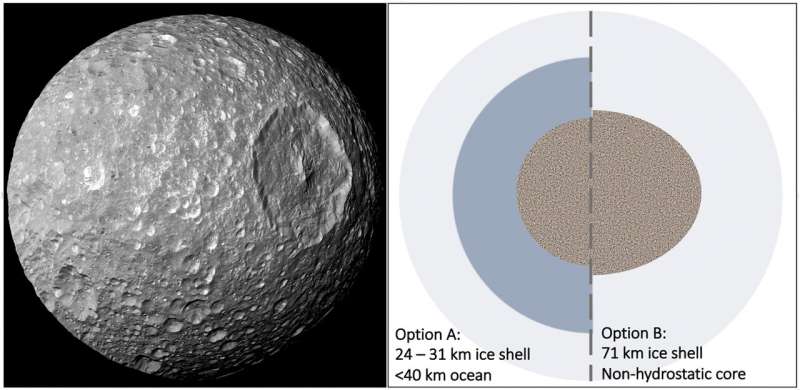
Copernical Team
NASA has simulated a tiny part of the moon here on Earth

Before going to the moon, the Apollo astronauts trained at various sites on Earth that best approximated the lunar surface, such as the volcanic regions Iceland, Hawaii and the U.S. Southwest. To help prepare for upcoming robotic and human Artemis missions, a newly upgraded "mini-moon" lunar testbed will allow astronauts and robots to test out realistic conditions on the moon including rough terrain and unusual sunlight.
The Lunar Lab and Regolith Testbed at the Ames Research Center in California simulates conditions on the moon in a high-fidelity environment, allowing researchers to test hardware designs intended for the lunar surface.
Astronomers prepare to launch LuSEE night, a test observatory on the far side of the moon

Astronomers have not yet been able to map large portions of the radio emissions from our universe because of interference from the Earth itself. A team of astronomers hopes to change that, beginning with the LuSEE Night mission to the far side of the moon. It will launch in 2025 and chart a new pathway to Lunar observatories.
The Earth is really loud in the radio, especially at frequencies below 20 megahertz. The ionosphere of the planet itself crackles at those frequencies, obscuring radio emissions from more distant sources. Plus we use low frequency radio waves for communication and radar searches, swamping cosmic sources.
The only way to mitigate all that terrestrial contamination is to get up and away from it. The best place is the far side of the moon, so that the bulk of the moon's body blocks out radio emissions from the Earth.
First martian sample depot complete
 Image:
First martian sample depot complete
Image:
First martian sample depot complete Investigations reveal more evidence that Mimas is a stealth ocean world

Final martian drop
 Image:
Final martian drop
Image:
Final martian drop New AFRL mission area targets Space Space Science and Technology needs
 Air Force Research Laboratory, or AFRL, Commander Maj. Gen. Heather Pringle announced new space mission area leads, or MAL, in December 2022. With the growing national space community, she said, adding space MALs will help support the range of customers in the expanding ecosystem.
"The team will build a critical communication path with the Space Force, and I am certain they will add consid
Air Force Research Laboratory, or AFRL, Commander Maj. Gen. Heather Pringle announced new space mission area leads, or MAL, in December 2022. With the growing national space community, she said, adding space MALs will help support the range of customers in the expanding ecosystem.
"The team will build a critical communication path with the Space Force, and I am certain they will add consid A spiral amongst thousands
 Image:
A crowded field of galaxies throngs this Picture of the Month from the NASA/ESA/CSA James Webb Space Telescope, along with bright stars crowned with Webb’s signature six-pointed diffraction spikes.
Image:
A crowded field of galaxies throngs this Picture of the Month from the NASA/ESA/CSA James Webb Space Telescope, along with bright stars crowned with Webb’s signature six-pointed diffraction spikes. Deep fractures and water-carved valleys

Mars displays fascinating geology everywhere you look – and nowhere is this more true than in the fractured, wrinkled ground seen in this image from ESA’s Mars Express.
Advanced XCAM X-ray camera system ready for sub-orbital space launch
 UK based XCAM Ltd, leaders in specialist digital camera systems, has delivered an advanced digital camera to Pennsylvania State University (PSU) in the USA, as part of a multi-million-dollar NASA space technology project that will see the system launched into space on a sub-orbital sounding rocket as part of the OGRE mission in 2025.
The Off-Plane Grating Rocket Experiment (OGRE) aims to i
UK based XCAM Ltd, leaders in specialist digital camera systems, has delivered an advanced digital camera to Pennsylvania State University (PSU) in the USA, as part of a multi-million-dollar NASA space technology project that will see the system launched into space on a sub-orbital sounding rocket as part of the OGRE mission in 2025.
The Off-Plane Grating Rocket Experiment (OGRE) aims to i China's Deep Space Exploration Lab eyes top global talents
 China's Deep Space Exploration Lab (DSEL) said Monday that it is inviting top global talents to apply for the 2023 Overseas Outstanding Young Talents Program, to promote the development of deep-space exploration.
According to the DSEL, the program, funded by the National Natural Science Foundation of China, aims to attract outstanding young scholars from overseas, who have made achievement
China's Deep Space Exploration Lab (DSEL) said Monday that it is inviting top global talents to apply for the 2023 Overseas Outstanding Young Talents Program, to promote the development of deep-space exploration.
According to the DSEL, the program, funded by the National Natural Science Foundation of China, aims to attract outstanding young scholars from overseas, who have made achievement 